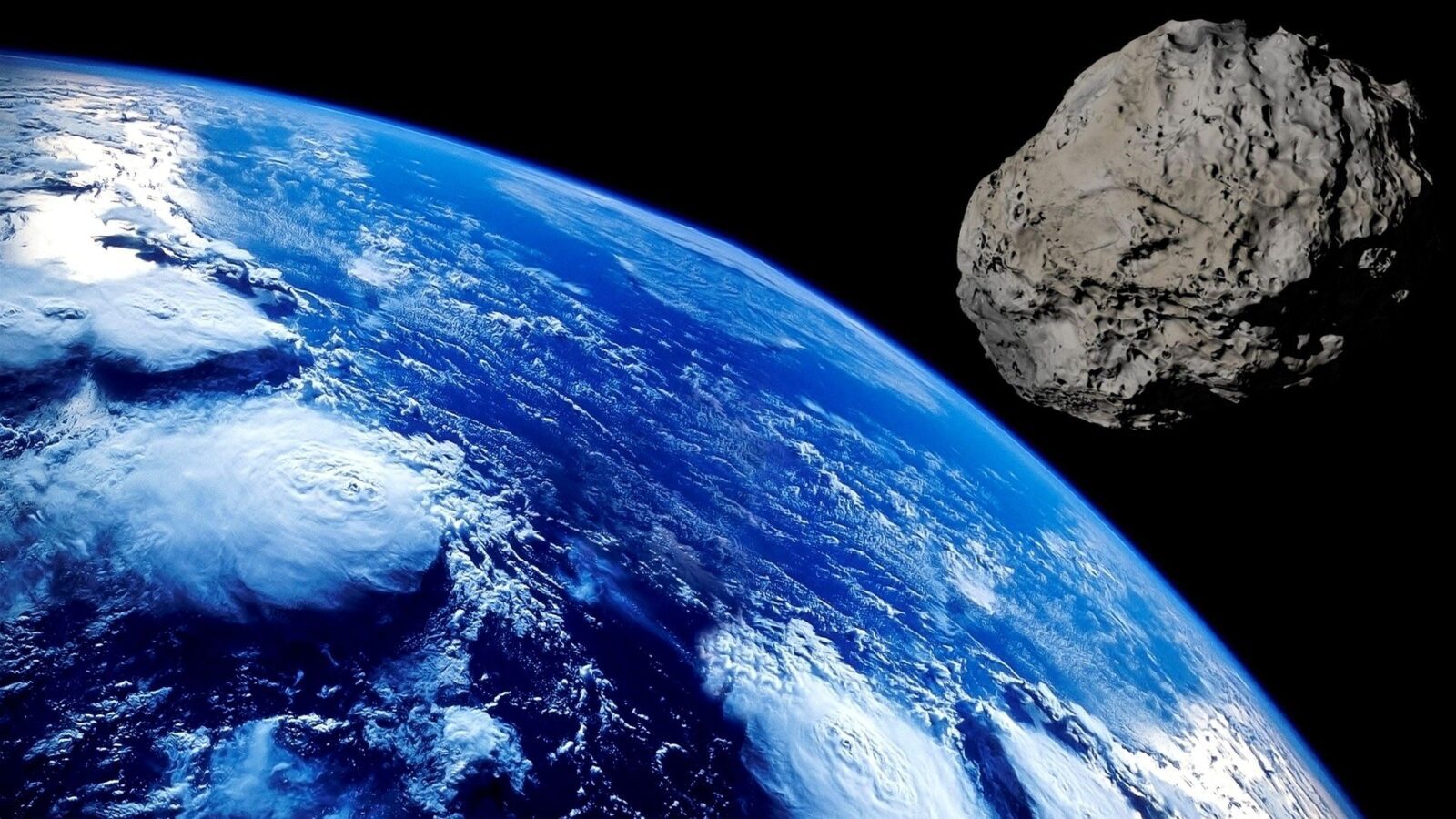Scientists initially believed that asteroids hitting Earth, such as the Chicxulub impactor that wiped out the dinosaurs, represent very rare events. There are plenty of reasons why you would be tempted to believe so, and one of them is represented by the presence of planet Jupiter in our Solar System. The gas giant’s huge gravity attracts many dangerous asteroids that come close enough.
Space.com announces that, according to a new study, asteroids the size of cities have smashed into the ancient Earth about 10 times more often than previously thought.
Huge asteroids hitting Earth once every 15 million years
The new study claims that once every 15 million years, Earth would get into a collision with an asteroid about the size of an entire city or even a larger province. Simone Marchi, who’s a principal scientist with the Southwest Research Institute, along with his colleagues, analyzed spherules resulting from asteroid impacts.

The scientific team developed a new method for modelling how asteroid impacts can generate spherules and impact their global distribution. If an asteroid is big, the layer of spherules in the rock should also be thick.
Simone Marchi said, as quoted by Space.com:
We found that current models of Earth’s early bombardment severely underestimate the number of known impacts, as recorded by spherule layers,
The true impact flux could have been up to a factor of 10 times higher than previously thought in the period between 3.5 and 2.5 billion years ago.
As NASA frequently monitors the sky for global threats, it’s hard to believe that an asteroid the size of a city will visit our planet soon, although many scientists believe that it’s only a matter of time until it will happen in the far future.
The new research was presented last week at the Goldschmidt geochemistry conference.












Leave a Reply